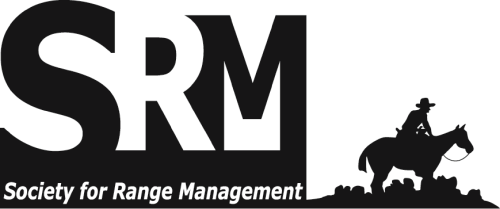We used social-science methods to study how social, economic, technical, and institutional factors have influenced medusahead control near Paradise, Utah, over the past 25 years. In general, control efforts have struggled. Each of the four factors can assume some responsibility for this outcome. Low and uncertain funding for both research and outreach, however, has been the major constraint overall. Research needs more funding to identify a reliable, cost-effective control program. Outreach then will have a message that landowners are eager to hear. Effective control methods can also promote improved weed law enforcement and the stability of state funding lines in support of weed management. Weed control, however, is also a shared responsibility. Landowners must be willing to make changes in grazing management that complement the application of new technology. “Silver bullet” technical solutions are unrealistic. Outreach needs more funding to support weed coordinators who can effectively work with the public. Today''s weed coordinator needs strong leadership, communication, and analytical skills. Recruiting and retaining such talent requires a commitment to higher levels of compensation than has been the norm. Despite the high socioeconomic diversity of landowners here, many have shared values on the importance of noxious weed control and the need for community collaboration. We also discovered that only 40 of 1,329 total landowners controlled 80% of all acreage, and 37 of these had never been engaged in formal weed-control efforts. This all represents untapped outreach opportunities, while the latter also illustrates the need for a targeted stakeholder analysis at the beginning of any weed-control project. Ultimately, research and outreach institutions must tackle funding gaps and build professional capacity to promote improved medusahead control. © 2017 The Society for Range Management The Rangelands archives are made available by the Society for Range Management and the University of Arizona Libraries. Contact lbry-journals@email.arizona.edu for further information.

Practical, non-technical peer-reviewed articles published by the Society for Range Management. Access articles on a rolling-window basis from vol 1, 1979 up to 3 years from the current year. More recent content is available by subscription from SRM.